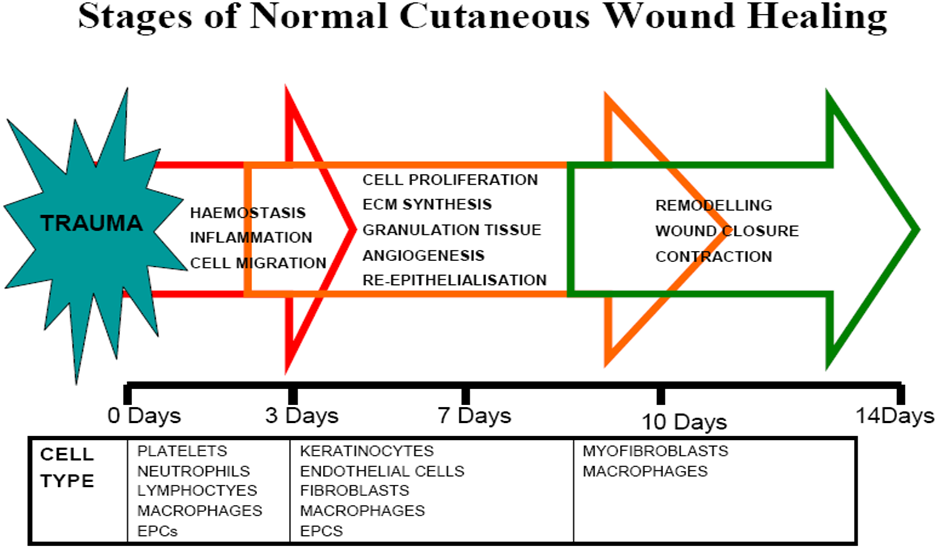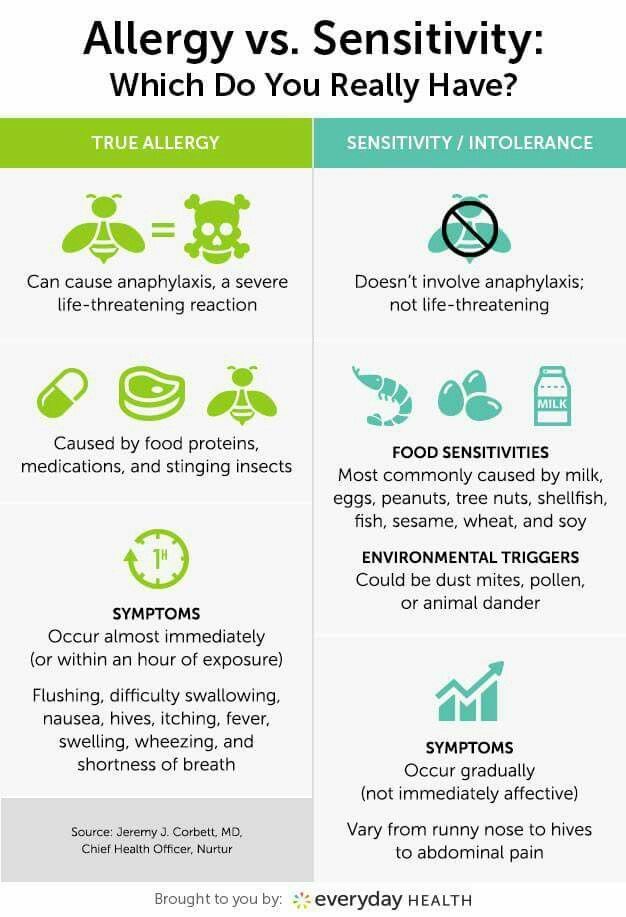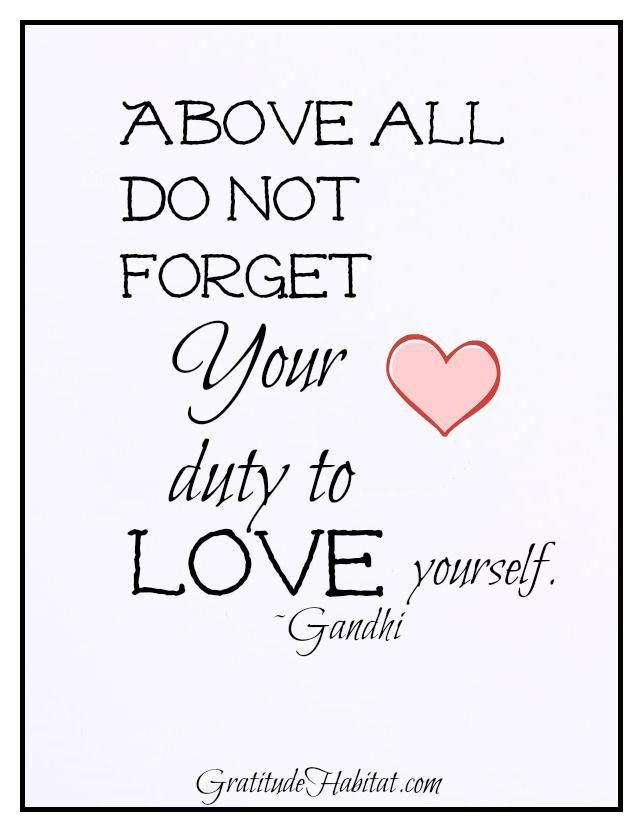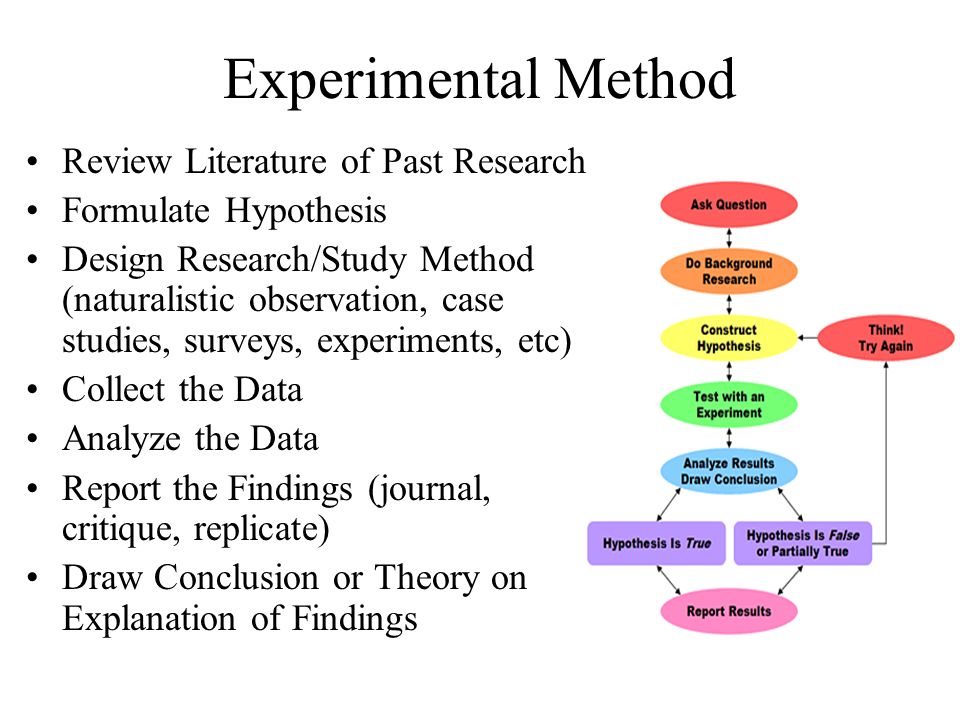Healing after trauma
Emotional and Psychological Trauma - HelpGuide.org
ptsd & trauma
When bad things happen, it can take a while to get over the pain and feel safe again. But with these self-help strategies and support, you can speed up your recovery.
What is emotional and psychological trauma?
Emotional and psychological trauma is the result of extraordinarily stressful events that shatter your sense of security, making you feel helpless in a dangerous world. Psychological trauma can leave you struggling with upsetting emotions, memories, and anxiety that won’t go away. It can also leave you feeling numb, disconnected, and unable to trust other people.
Traumatic experiences often involve a threat to life or safety, but any situation that leaves you feeling overwhelmed and isolated can result in trauma, even if it doesn’t involve physical harm. It’s not the objective circumstances that determine whether an event is traumatic, but your subjective emotional experience of the event.
The more frightened and helpless you feel, the more likely you are to be traumatized.
Emotional and psychological trauma can be caused by:
- One-time events, such as an accident, injury, or a violent attack, especially if it was unexpected or happened in childhood.
- Ongoing, relentless stress, such as living in a crime-ridden neighborhood, battling a life-threatening illness or experiencing traumatic events that occur repeatedly, such as bullying, domestic violence, or childhood neglect.
- Commonly overlooked causes, such as surgery (especially in the first 3 years of life), the sudden death of someone close, the breakup of a significant relationship, or a humiliating or deeply disappointing experience, especially if someone was deliberately cruel.
Coping with the trauma of a natural or manmade disaster can present unique challenges—even if you weren't directly involved in the event. In fact, while it's highly unlikely any of us will ever be the direct victims of a terrorist attack, plane crash, or mass shooting, for example, we're all regularly bombarded by horrific images on social media and news sources of those people who have been.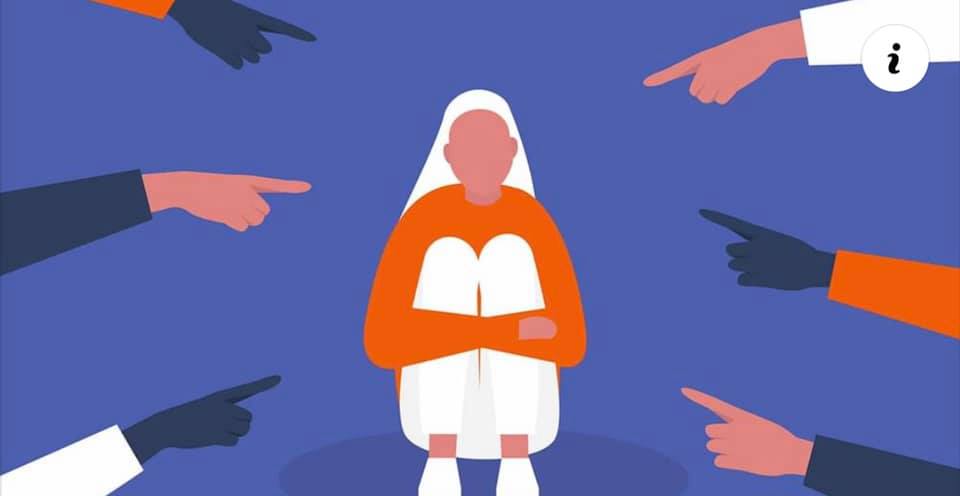 Viewing these images over and over can overwhelm your nervous system and create traumatic stress.
Viewing these images over and over can overwhelm your nervous system and create traumatic stress.
Whatever the cause of your trauma, and whether it happened years ago or yesterday, you can make healing changes and move on with your life.
With over 25,000 licensed counselors, BetterHelp has a therapist that fits your needs. It's easy, affordable, and convenient.
GET 20% OFF
Online-Therapy.com is a complete toolbox of support, when you need it, on your schedule. It only takes a few minutes to sign up.
GET 20% OFF
Teen Counseling is an online therapy service for teens and young adults. Connect with your counselor by video, phone, or chat.
GET 20% OFF
Childhood trauma and the risk of future trauma
While traumatic events can happen to anyone, you're more likely to be traumatized by an event if you're already under a heavy stress load, have recently suffered a series of losses, or have been traumatized before—especially if the earlier trauma occurred in childhood. Childhood trauma can result from anything that disrupts a child's sense of safety, including:
Childhood trauma can result from anything that disrupts a child's sense of safety, including:
- An unstable or unsafe environment.
- Separation from a parent.
- Serious illness.
- Intrusive medical procedures.
- Sexual, physical, or verbal abuse.
- Domestic violence.
- Neglect.
Experiencing trauma in childhood can result in a severe and long-lasting effect. When childhood trauma is not resolved, a sense of fear and helplessness carries over into adulthood, setting the stage for further trauma. However, even if your trauma happened many years ago, there are steps you can take to overcome the pain, learn to trust and connect to others again, and regain your sense of emotional balance.
Symptoms of psychological trauma
We all react to trauma in different ways, experiencing a wide range of physical and emotional reactions. There is no “right” or “wrong” way to think, feel, or respond, so don't judge your own reactions or those of other people. Your responses are NORMAL reactions to ABNORMAL events.
Your responses are NORMAL reactions to ABNORMAL events.
Emotional and psychological symptoms:
- Shock, denial, or disbelief.
- Confusion, difficulty concentrating.
- Anger, irritability, mood swings.
- Anxiety and fear.
- Guilt, shame, self-blame.
- Withdrawing from others.
- Feeling sad or hopeless.
- Feeling disconnected or numb.
Physical symptoms:
- Insomnia or nightmares.
- Fatigue.
- Being startled easily.
- Difficulty concentrating.
- Racing heartbeat.
- Edginess and agitation.
- Aches and pains.
- Muscle tension.
Healing from trauma
Trauma symptoms typically last from a few days to a few months, gradually fading as you process the unsettling event. But even when you're feeling better, you may be troubled from time to time by painful memories or emotions—especially in response to triggers such as an anniversary of the event or something that reminds you of the trauma.
If your psychological trauma symptoms don't ease up—or if they become even worse—and you find that you're unable to move on from the event for a prolonged period of time, you may be experiencing Post-Traumatic Stress Disorder (PTSD). While emotional trauma is a normal response to a disturbing event, it becomes PTSD when your nervous system gets “stuck” and you remain in psychological shock, unable to make sense of what happened or process your emotions.
Whether or not a traumatic event involves death, you as a survivor must cope with the loss, at least temporarily, of your sense of safety. The natural reaction to this loss is grief. Like people who have lost a loved one, you need to go through a grieving process. The following tips can help you cope with the sense of grief, heal from the trauma, and move on with your life.
Trauma recovery tip 1: Get moving
Trauma disrupts your body's natural equilibrium, freezing you in a state of hyperarousal and fear. As well as burning off adrenaline and releasing endorphins, exercise and movement can actually help repair your nervous system.
As well as burning off adrenaline and releasing endorphins, exercise and movement can actually help repair your nervous system.
Try to exercise for 30 minutes or more on most days. Or if it's easier, three 10-minute spurts of exercise per day are just as good.
Exercise that is rhythmic and engages both your arms and legs—such as walking, running, swimming, basketball, or even dancing—works best.
Add a mindfulness element. Instead of focusing on your thoughts or distracting yourself while you exercise, really focus on your body and how it feels as you move. Notice the sensation of your feet hitting the ground, for example, or the rhythm of your breathing, or the feeling of wind on your skin. Rock climbing, boxing, weight training, or martial arts can make this easier—after all, you need to focus on your body movements during these activities in order to avoid injury.
Tip 2: Don't isolate
Following a trauma, you may want to withdraw from others, but isolation only makes things worse. Connecting to others face to face will help you heal, so make an effort to maintain your relationships and avoid spending too much time alone.
Connecting to others face to face will help you heal, so make an effort to maintain your relationships and avoid spending too much time alone.
You don't have to talk about the trauma. Connecting with others doesn't have to involve talking about the trauma. In fact, for some people, that can just make things worse. Comfort comes from feeling engaged and accepted by others.
Ask for support. While you don't have to talk about the trauma itself, it is important that you have someone to share your feelings with face to face, someone who will listen attentively without judging you. Turn to a trusted family member, friend, counselor, or clergyman.
Participate in social activities, even if you don't feel like it. Do “normal” activities with other people, activities that have nothing to do with the traumatic experience.
Reconnect with old friends. If you've retreated from relationships that were once important to you, make the effort to reconnect.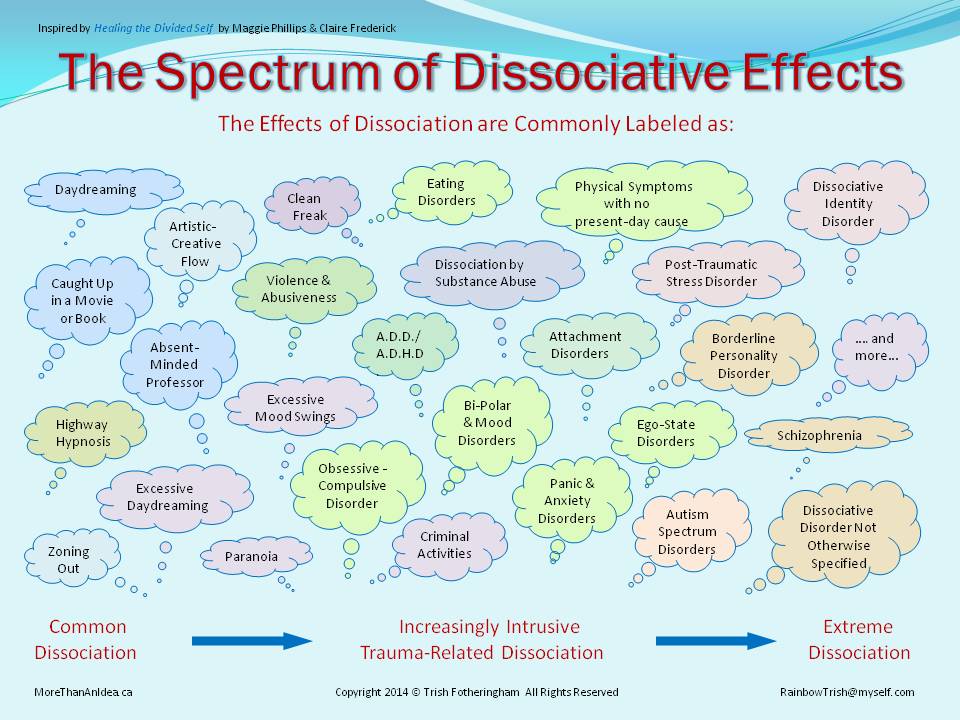
Join a support group for trauma survivors. Connecting with others who are facing the same problems can help reduce your sense of isolation, and hearing how others cope can help inspire you in your own recovery.
Volunteer. As well as helping others, volunteering can be a great way to challenge the sense of helplessness that often accompanies trauma. Remind yourself of your strengths and reclaim your sense of power by helping others.
Make new friends. If you live alone or far from family and friends, it's important to reach out and make new friends. Take a class or join a club to meet people with similar interests, connect to an alumni association, or reach out to neighbors or work colleagues.
If connecting to others is difficult…
Many people who have experienced trauma feel disconnected, withdrawn and find it difficult to connect with other people. If that describes you, there are some actions you can take before you next meet with a friend:
Exercise or move. Jump up and down, swing your arms and legs, or just flail around. Your head will feel clearer and you'll find it easier to connect.
Jump up and down, swing your arms and legs, or just flail around. Your head will feel clearer and you'll find it easier to connect.
Vocal toning. As strange as it sounds, vocal toning is a great way to open up to social engagement. Sit up straight and simply make “mmmm” sounds. Change the pitch and volume until you experience a pleasant vibration in your face.
Tip 3: Self-regulate your nervous system
No matter how agitated, anxious, or out of control you feel, it's important to know that you can change your arousal system and calm yourself. Not only will it help relieve the anxiety associated with trauma, but it will also engender a greater sense of control.
Mindful breathing. If you are feeling disoriented, confused, or upset, practicing mindful breathing is a quick way to calm yourself. Simply take 60 breaths, focusing your attention on each ‘out' breath.
Sensory input. Does a specific sight, smell or taste quickly make you feel calm? Or maybe petting an animal or listening to music works to quickly soothe you? Everyone responds to sensory input a little differently, so experiment with different quick stress relief techniques to find what works best for you.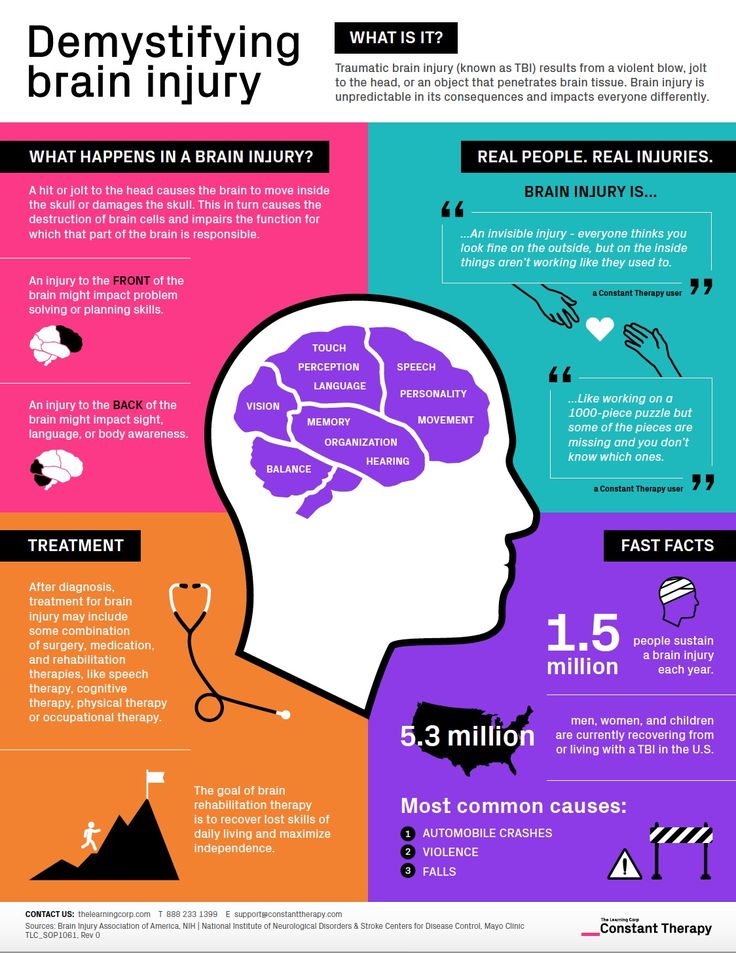
Staying grounded. To feel in the present and more grounded, sit on a chair. Feel your feet on the ground and your back against the chair. Look around you and pick six objects that have red or blue in them. Notice how your breathing gets deeper and calmer.
Allow yourself to feel what you feel when you feel it. Acknowledge your feelings about the trauma as they arise and accept them. HelpGuide's Emotional Intelligence Toolkit can help.
Tip 4: Take care of your health
It's true: having a healthy body can increase your ability to cope with the stress of trauma.
Get plenty of sleep. After a traumatic experience, worry or fear may disturb your sleep patterns. But a lack of quality sleep can exacerbate your trauma symptoms and make it harder to maintain your emotional balance. Go to sleep and get up at the same time each day and aim for 7 to 9 hours of sleep each night.
Avoid alcohol and drugs.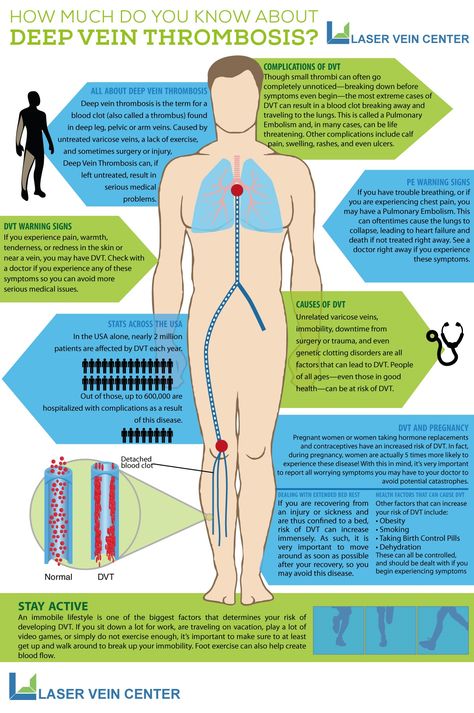 Their use can worsen your trauma symptoms and increase feelings of depression, anxiety, and isolation.
Their use can worsen your trauma symptoms and increase feelings of depression, anxiety, and isolation.
Eat a well-balanced diet. Eating small, well-balanced meals throughout the day will help you keep your energy up and minimize mood swings. Avoid sugary and fried foods and eat plenty of omega-3 fats—such as salmon, walnuts, soybeans, and flaxseeds—to give your mood a boost.
Reduce stress. Try relaxation techniques such as meditation, yoga, or deep breathing exercises. Schedule time for activities that bring you joy such as your favorite hobbies.
When to seek professional therapy for trauma
Recovering from trauma takes time, and everyone heals at their own pace. But if months have passed and your symptoms aren't letting up, you may need professional help from a trauma expert.
Seek help for trauma if you're:
- Having trouble functioning at home or work.
- Suffering from severe fear, anxiety, or depression.
- Unable to form close, satisfying relationships.

- Experiencing terrifying memories, nightmares, or flashbacks.
- Avoiding more and more anything that reminds you of the trauma.
- Emotionally numb and disconnected from others.
- Using alcohol or drugs to feel better.
Working through trauma can be scary, painful, and potentially re-traumatizing, so this healing work is best undertaken with the help of an experienced trauma specialist. Finding the right therapist may take some time. It's very important that the therapist you choose has experience treating trauma. But the quality of the relationship with your therapist is equally important. Choose a trauma specialist you feel comfortable with. If you don't feel safe, respected, or understood, find another therapist.
Ask yourself:
- Did you feel comfortable discussing your problems with the therapist?
- Did you feel like the therapist understood what you were talking about?
- Were your concerns taken seriously or were they minimized or dismissed?
- Were you treated with compassion and respect?
- Do you believe that you could grow to trust the therapist?
Treatment for trauma
In order to heal from psychological and emotional trauma, you'll need to resolve the unpleasant feelings and memories you've long avoided, discharge pent-up “fight-or-flight” energy, learn to regulate strong emotions, and rebuild your ability to trust other people. A trauma specialist may use a variety of different therapy approaches in your treatment.
A trauma specialist may use a variety of different therapy approaches in your treatment.
Somatic experiencing focuses on bodily sensations, rather than thoughts and memories about the traumatic event. By concentrating on what's happening in your body, you can release pent-up trauma-related energy through shaking, crying, and other forms of physical release.
Cognitive-behavioral therapy helps you process and evaluate your thoughts and feelings about a trauma.
EMDR (Eye Movement Desensitization and Reprocessing) incorporates elements of cognitive-behavioral therapy with eye movements or other forms of rhythmic, left-right stimulation that can “unfreeze” traumatic memories.
Helping a loved one deal with trauma
When a loved one has suffered trauma, your support can play a crucial role in their recovery.
Be patient and understanding. Healing from trauma takes time. Be patient with the pace of recovery and remember that everyone's response to trauma is different. Don't judge your loved one's reaction against your own response or anyone else's.
Don't judge your loved one's reaction against your own response or anyone else's.
Offer practical support to help your loved one get back into a normal routine. That may mean helping with collecting groceries or doing housework, for example, or simply being available to talk or listen.
Don't pressure your loved one into talking but be available if they want to talk. Some trauma survivors find it difficult to talk about what happened. Don't force your loved one to open up but let them know you are there to listen if they want to talk, or available to just hang out if they don't.
Help your loved one to socialize and relax. Encourage them to participate in physical exercise, seek out friends, and pursue hobbies and other activities that bring them pleasure. Take a fitness class together or set a regular lunch date with friends.
Don't take the trauma symptoms personally. Your loved one may become angry, irritable, withdrawn, or emotionally distant. Remember that this is a result of the trauma and may not have anything to do with you or your relationship.
Remember that this is a result of the trauma and may not have anything to do with you or your relationship.
To help a child recover from trauma, it's important to communicate openly. Let them know that it's normal to feel scared or upset. Your child may also look to you for cues on how they should respond to trauma, so let them see you dealing with your symptoms in a positive way.
How children react to emotional and psychological trauma
Some common reactions to trauma and ways to help your child deal with them:
- Regression. Many children need to return to an earlier stage where they felt safer. Younger children may wet the bed or want a bottle; older children may fear being alone. It's important to be understanding, patient and comforting if your child responds this way.
- Thinking the event is their fault. Children younger than 8 tend to think that if something goes wrong, it must be their fault. Be sure your child understands that he or she did not cause the event.

- Sleep disorders. Some children have difficulty falling asleep; others wake frequently or have troubling dreams. Give your child a stuffed animal, soft blanket, or flashlight to take to bed. Try spending extra time together in the evening, doing quiet activities or reading. Be patient. It may take a while before your child can sleep through the night again.
- Feeling helpless. Being active in a campaign to prevent an event from happening again, writing thank you letters to people who have helped, and caring for others can bring a sense of hope and control to everyone in the family.
Authors: Lawrence Robinson, Melinda Smith, M.A., and Jeanne Segal, Ph.D.
- References
Trauma- and Stressor-Related Disorders.
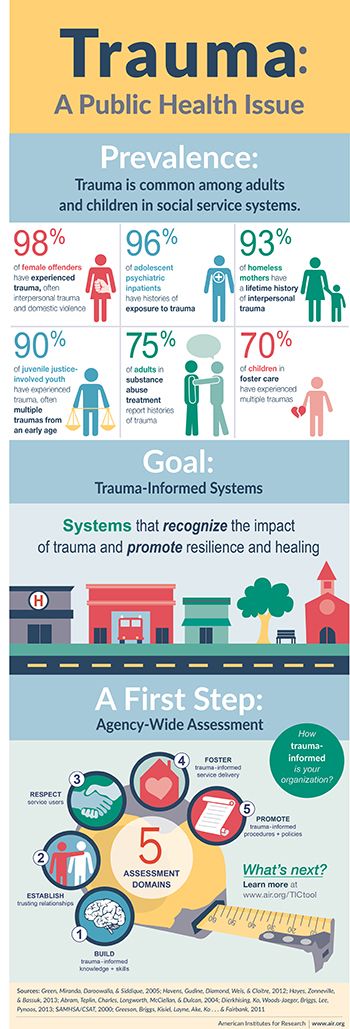 (2013). In Diagnostic and Statistical Manual of Mental Disorders. American Psychiatric Association. https://doi.org/10.1176/appi.books.9780890425787.x07_Trauma_and_Stressor_Related_Disorders
(2013). In Diagnostic and Statistical Manual of Mental Disorders. American Psychiatric Association. https://doi.org/10.1176/appi.books.9780890425787.x07_Trauma_and_Stressor_Related_Disorders“NIMH » Helping Children and Adolescents Cope with Disasters and Other Traumatic Events: What Parents, Rescue Workers, and the Community Can Do.” Accessed October 27, 2021. https://www.nimh.nih.gov/health/publications/helping-children-and-adolescents-cope-with-disasters-and-other-traumatic-events
Williamson, Victoria, Cathy Creswell, Ian Butler, Hope Christie, and Sarah L Halligan. “Parental Responses to Child Experiences of Trauma Following Presentation at Emergency Departments: A Qualitative Study.” BMJ Open 6, no. 11 (November 7, 2016): e012944. https://doi.org/10.1136/bmjopen-2016-012944
Cain, Daphne S., Carol A. Plummer, Rakinzie M. Fisher, and Toni Q. Bankston. “Weathering the Storm: Persistent Effects and Psychological First Aid with Children Displaced by Hurricane Katrina.
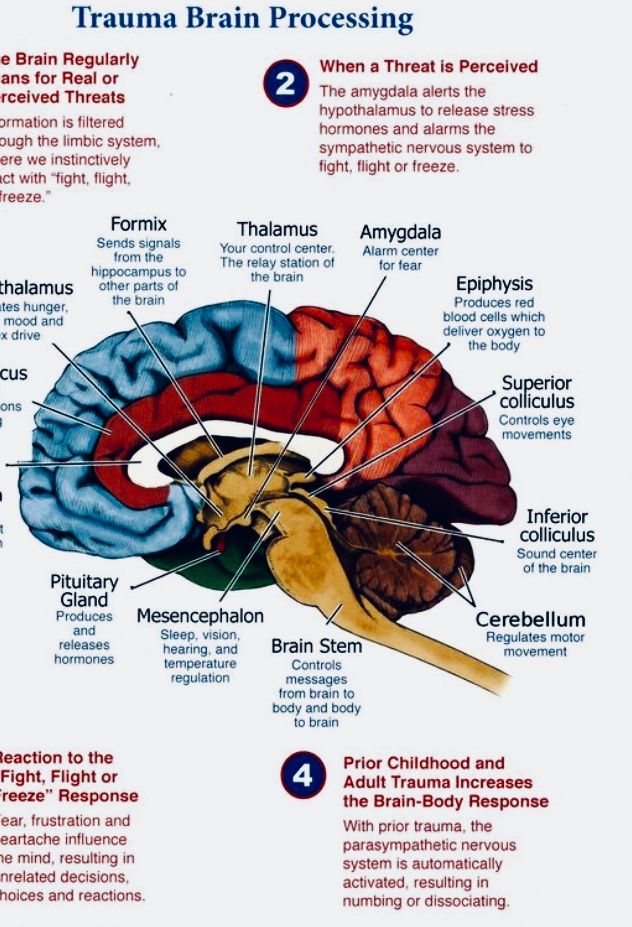 ” Journal of Child & Adolescent Trauma 3, no. 4 (November 16, 2010): 330–43. https://doi.org/10.1080/19361521.2010.523063
” Journal of Child & Adolescent Trauma 3, no. 4 (November 16, 2010): 330–43. https://doi.org/10.1080/19361521.2010.523063Church, Dawson, Crystal Hawk, Audrey J. Brooks, Olli Toukolehto, Maria Wren, Dinter, and Phyllis Stein. “Psychological Trauma Symptom Improvement in Veterans Using Emotional Freedom Techniques: A Randomized Controlled Trial.” The Journal of Nervous and Mental Disease 201, no. 2 (February 2013): 153–60. https://doi.org/10.1097/NMD.0b013e31827f6351
Widom, C. S. “Posttraumatic Stress Disorder in Abused and Neglected Children Grown Up.” The American Journal of Psychiatry 156, no. 8 (August 1999): 1223–29. https://ajp.psychiatryonline.org/doi/10.1176/ajp.156.8.1223
Briere, John, Stacey Kaltman, and Bonnie L. Green. “Accumulated Childhood Trauma and Symptom Complexity.” Journal of Traumatic Stress 21, no. 2 (2008): 223–26. https://doi.org/10.1002/jts.20317
“Childhood Trauma Questionnaire – PsycNET.” Accessed October 29, 2021.
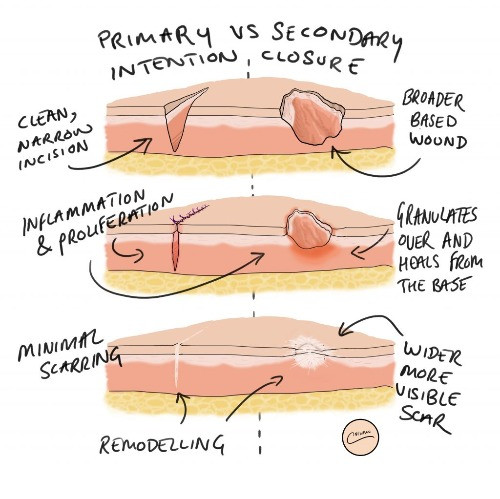 https://psycnet.apa.org/doiLanding?doi=10.1037%2Ft02080-000
https://psycnet.apa.org/doiLanding?doi=10.1037%2Ft02080-000Agaibi, Christine E., and John P. Wilson. “Trauma, PTSD, and Resilience: A Review of the Literature.” Trauma, Violence & Abuse 6, no. 3 (July 2005): 195–216. https://doi.org/10.1177/1524838005277438
Bonanno, George A. “Loss, Trauma, and Human Resilience: Have We Underestimated the Human Capacity to Thrive after Extremely Aversive Events?” The American Psychologist 59, no. 1 (January 2004): 20–28. https://doi.org/10.1037/0003-066X.59.1.20
Schmid, Marc, Franz Petermann, and Joerg M Fegert. “Developmental Trauma Disorder: Pros and Cons of Including Formal Criteria in the Psychiatric Diagnostic Systems.” BMC Psychiatry 13 (January 3, 2013): 3. https://doi.org/10.1186/1471-244X-13-3
“The Effectiveness of Body-Oriented Psychotherapy: A Review of the Literature » PACJA.” Accessed October 29, 2021. https://pacja.org.au/2015/07/the-effectiveness-of-body-oriented-psychotherapy-a-review-of-the-literature/
Ley, Clemens, María Rato Barrio, and Andreas Koch.
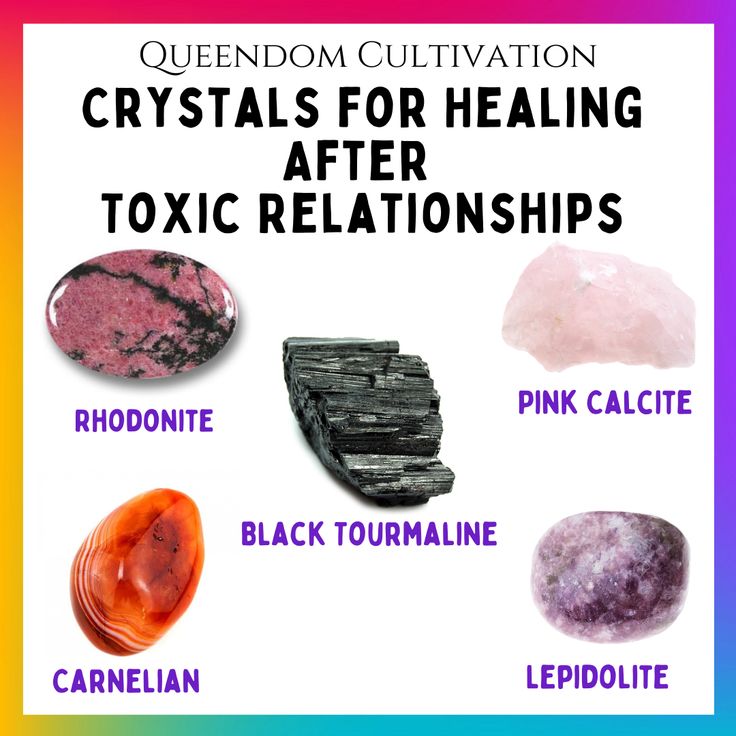 “‘In the Sport I Am Here’: Therapeutic Processes and Health Effects of Sport and Exercise on PTSD.” Qualitative Health Research 28, no. 3 (February 1, 2018): 491–507. https://doi.org/10.1177/1049732317744533
“‘In the Sport I Am Here’: Therapeutic Processes and Health Effects of Sport and Exercise on PTSD.” Qualitative Health Research 28, no. 3 (February 1, 2018): 491–507. https://doi.org/10.1177/1049732317744533Hegberg, Nicole J., Jasmeet P. Hayes, and Scott M. Hayes. “Exercise Intervention in PTSD: A Narrative Review and Rationale for Implementation.” Frontiers in Psychiatry 10 (2019): 133. https://doi.org/10.3389/fpsyt.2019.00133
What is Psychological Trauma? – Includes the causes, symptoms, treatments, and effects. (Sidran Institute)
What is Child Trauma? — Different types of childhood trauma and the treatments available. (The National Child Traumatic Stress Network)
Eye Movement Desensitization and Reprocessing (EMDR) Therapy – Covers the eight phases of EMDR therapy involved in the treatment of trauma. (American Psychological Association)
Last updated: December 5, 2022
Ways to Get Past a Traumatic Experience
Medically Reviewed by Arefa Cassoobhoy, MD, MPH on November 04, 2020
If you’ve ever been through a highly stressful event or series of events, you’ve been through a traumatic experience. A feeling of helplessness, horror, and in some cases, the challenges of a serious injury (or the threat of one) are common after these events. There are many ways you can help yourself get through it.
A feeling of helplessness, horror, and in some cases, the challenges of a serious injury (or the threat of one) are common after these events. There are many ways you can help yourself get through it.
Reach out to friends and family. If others have had the same experience, talk to them. They may be having some of the same feelings that you are. Open the lines of communication as soon as possible after your traumatic event. It’s an important part of your recovery.
The stress that comes with a traumatic event can be crippling. Sadness, fear, grief, and depression can take hold. If your feelings in the first month after the event are so severe that they interfere with your regular life, find a mental health expert in your area who can help.
Talking over what you’re going through with others who’ve had the same experience, or are still going through it, can be helpful after a trauma. Not only will groups like these lift you up, they can give you tips on how to deal with what’s happening. Your doctor or mental health expert can point you to local support groups, or you can find one online.
Your doctor or mental health expert can point you to local support groups, or you can find one online.
As tempting as it may be to try to ignore or forget a traumatic event, a key ingredient in recovery is learning to be OK with your memories of it and the things that trigger them without trying to avoid them. Facing your feelings head-on is important because you want to be able to take care of them in a way that helps you move forward.
Get out and move. Experts say it’s one of the most effective ways to handle the aftereffects of a traumatic event. Deep breathing, gentle stretching, and walking are all good choices. If you want your exercise plan to be a bit more challenging, that can help, too. Don’t force things, though. If you’re tired, it’s OK to rest.
Your body (and mind) will tell you what to do to heal. Eat healthy meals. Rest when you get a chance. Do things that make you happy. Take a bath. Work toward a regular sleep schedule where you go to bed and wake up at about the same time each night in a cool, dark, quiet room. Read. Do something with friends. Go for a nice stroll. Watch a ballgame. Go to a play. Whatever makes you feel good, take the time to treat yourself.
Read. Do something with friends. Go for a nice stroll. Watch a ballgame. Go to a play. Whatever makes you feel good, take the time to treat yourself.
A drink to bring on sleep or to take off the edge is one way some choose to go through the stress of a traumatic event. They’re trying to numb the emotions or forget things. It may feel like it’s working in the short term, but it can do damage in the long run. The problem is, if the stress continues, alcohol (or drug) use may continue, too. That could lead to mental and physical problems and long-term dependence.
Regular life can be interrupted by a traumatic event. A goal for those trying to get past the stress of trauma is to return to a day-to-day schedule as soon as possible. Getting your groove back can help you re-establish a sense of normalcy and regain a sense of control over your life.
Take the time to resolve small conflicts in your life so they don’t build up and add stress. If you have large tasks, break them into little ones, set some priorities, then tackle them when you can.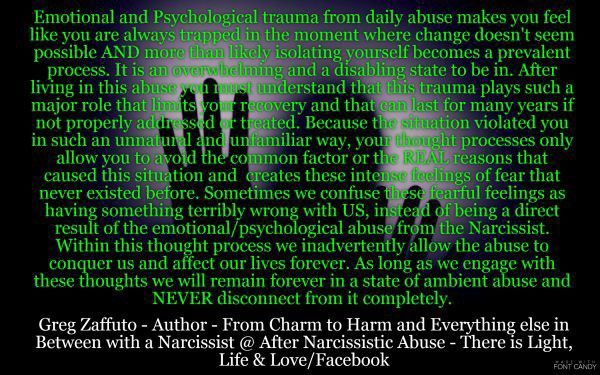 Checking those off your list will let you focus on the bigger battles.
Checking those off your list will let you focus on the bigger battles.
You can ease the stress of traumatic events by stepping back, taking stock of your life, and concentrating on what’s important. Strengthen bonds with family, friends, and community. Reassess personal goals and come up with a plan to reach them. Volunteer and give a little more to charity. All of these things can help overcome the stress of trauma.
Even if you’re unfamiliar with meditation, turning inward to ease stress can help. Deep breathing or focusing on your exhale can help ease your mind and relax you. Focus your attention on breathing or on parts of your body while you meditate. That can keep your brain from thinking about your stress. You may want to repeat a mantra or pray. Mindfulness, tai chi, and yoga are also great ways find your calm.
It’s important to realize that it’s OK to feel joy, to celebrate successes, and revel in the warmth of your family and friends even after a traumatic event.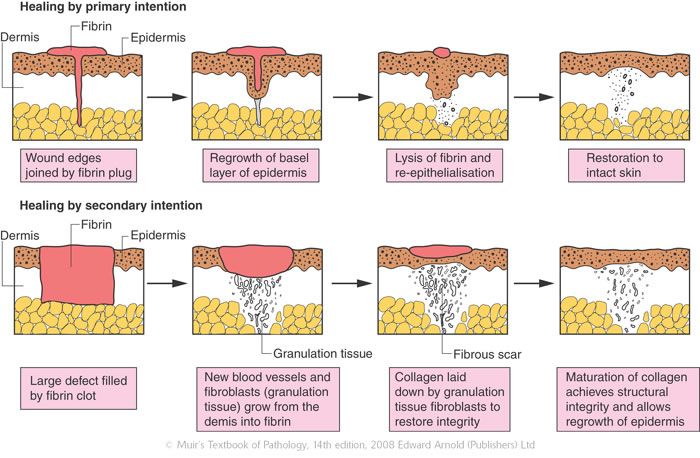 It’s all part of the road to recovery.
It’s all part of the road to recovery.
A recent study found that cultural events like sports and the arts can help communities recover from a shared trauma. Music, too, can be integral to communities and individuals, whether it be music therapy, making music, or just listening. Meditating while hearing a favorite song can help, too.
IMAGES PROVIDED BY:
1) AtomStudios / Thinkstock Photos
2) gpointstudio / Thinkstock Photos
3) monkeybusinessimages / Thinkstock Photos
4) Milkos / Thinkstock Photos
5) Luis Galvez / Unsplash
6) Jacob Ammentorp Lund / Thinkstock Photos
7) Solovyova / Thinkstock Photos
8) Tero Vesalainen / Thinkstock Photos
9) Purestock / Thinkstock Photos
10) SamuelBrownNG / ThinkstockPhotos
11) kuarmungadd / Thinkstock Photos
12) skyNext / Thinkstock Photos
13) DGLimages / Thinkstock Photos
14) Granger Wootz / Thinkstock Photos
SOURCES:
CDC: “Coping with a Traumatic Event,” “Helping Patients Cope with a Traumatic Event.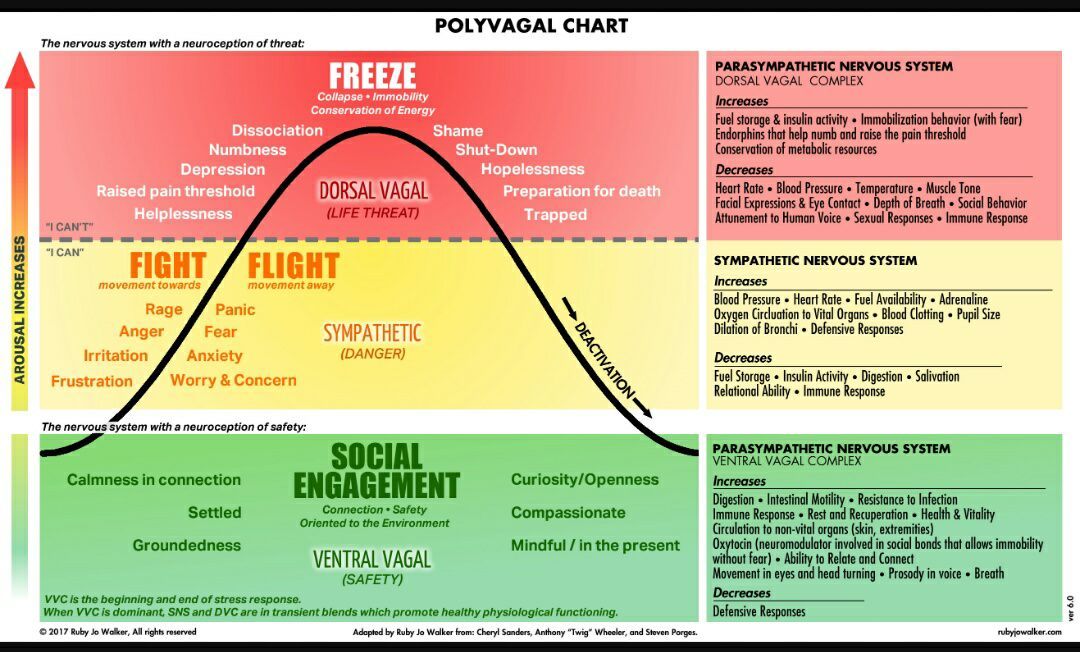 ”
”
American Psychiatric Association: “Coping After Disaster, Trauma.”
University of Notre Dame: “Taking Care of Yourself After a Traumatic Event.”
National Alliance on Mental Illness: “Find Support.”
Substance Abuse and Mental Health Services Administration: “Tips for Survivors of a Disaster or Traumatic Event,” “Tips for College Students: After a Disaster or Other Trauma,” Trauma-Informed Care in Behavioral Health Sciences, 2014.
National Center for Victims of Crime: “The Trauma of Victimization.”
National Institute on Alcohol Abuse and Alcoholism: “The Link Between Stress and Alcohol.”
National Institute of Mental Health: “Post-traumatic Stress Disorder.”
Mayo Clinic: “Meditation: A simple, fast way to reduce stress.”
Seery, M. Journal of Personality and Social Psychology, 2010.
© 2020 WebMD, LLC. All rights reserved. View privacy policy and trust info
Rehabilitation after injuries (post-traumatic rehabilitation)
In the life of every person there are unexpected and unpleasant moments that lead to bruises, dislocations, bone fractures and damage to the musculoskeletal system.
Most of the injuries of the musculoskeletal system require surgical or conservative treatment. Successfully performed operation, correctly performed reposition and cast is only the beginning of treatment. In most cases, patients who have suffered an injury require a complex of restorative measures. This is due to the fact that prolonged immobilization, lack of exercise, vascular and other changes lead to muscle atrophy, limited joint mobility, and trophic changes in the limb. The success of the treatment of an injury by more than half depends not only on the quality of the operation or reposition, but also on a well-performed post-traumatic rehabilitation . A fused fracture, reduced dislocation, does not always mean recovery. It often happens that the consolidation of the fracture has occurred, and the function of the limb is absent.
In domestic clinical medicine, one of the fundamental principles is anthropotherapy - the treatment of a sick person, proposed and developed by the luminaries of domestic science and practice M. Ya. Mudrov, G. A. Zakharyin, S. P. Botkin and others. , it is necessary to treat not only a fracture of a particular bone, but also a patient with a fracture, bearing in mind the various0005 injury and consequences of physical inactivity. At the heart of the development of many disorders of the body's activity and hypodynamia is a decrease in the intensity and even a perversion of kinesthetic stimuli, which leads to a violation of the dynamic stereotype of physiological functions, the basis of which are motor-visceral reflexes. This also includes the depressed state of the psyche, due to the severity of the injury, fear of consequences, pain syndrome.
Ya. Mudrov, G. A. Zakharyin, S. P. Botkin and others. , it is necessary to treat not only a fracture of a particular bone, but also a patient with a fracture, bearing in mind the various0005 injury and consequences of physical inactivity. At the heart of the development of many disorders of the body's activity and hypodynamia is a decrease in the intensity and even a perversion of kinesthetic stimuli, which leads to a violation of the dynamic stereotype of physiological functions, the basis of which are motor-visceral reflexes. This also includes the depressed state of the psyche, due to the severity of the injury, fear of consequences, pain syndrome.
Significant changes occur in the activity of the circulatory organs. The blood circulation in the injury zone worsens due to the existing reflex muscle tension in this area, the stroke volume of the heart and the minute volume of blood circulation, the blood flow rate (especially in venules and small veins), the mass of circulating blood decrease, while its viscosity and coagulability increase. Ventilation deteriorates, the vital capacity of the lungs decreases, which affects primarily the central nervous system, which is most sensitive to ventilation disorders. nine0003
Ventilation deteriorates, the vital capacity of the lungs decreases, which affects primarily the central nervous system, which is most sensitive to ventilation disorders. nine0003
Hypodynamia slows down the resorption of the hematoma formed during trauma, adversely affects the state of the muscular system with the development of hypotension and malnutrition.
The degree of functional disorders depends on the location and severity of the damage, the method of fixation of bone fragments or the technique of surgical intervention, and the age of the patient.
The goal of restorative treatment is to achieve stable normalization of impaired human functions, as well as social functions and ability to work, in the appropriate time frame. Main methods rehabilitation after injuries are physiotherapy exercises (exercise therapy), manual therapy, massage, physiotherapy, mechanotherapy, labor therapy, psychotherapy.
An important role in the prevention and elimination of post-traumatic changes is played by physical exercises - specially organized for a specific purpose and strictly dosed movements. IP Pavlov noted that movement is a natural function necessary for the existence of a person, affecting the entire body and relating to "the main reactive activity of the body." Regular exercise creates dominant foci of excitation in the cerebral cortex, which, by the mechanism of negative induction, leads to suppression of foci of congestive excitation, i.e. eliminates "pain points". The systematic use of physical exercises in the complex treatment of a patient eliminates the negative effect of physical inactivity on the body, has a versatile beneficial effect. nine0003 Rhythmic contraction and relaxation of skeletal muscles, tension and relaxation of tendons help to improve venous outflow, prevent venous stasis, and normalize microcirculation in tissues. Physical exercise prevents the development of atrophy and degenerative changes in tissues and organs. When choosing an exercise therapy technique, a number of factors must be taken into account. The nature and severity of injury , the stage of the pathological process, the physical and mental state of the patient, his physical fitness. A set of exercises should be compiled strictly individually, taking into account the phase of the process. nine0003 In the treatment of injuries of the musculoskeletal system, methods of physiotherapy are widely used. In the early stages after injuries, UHF, ultrasound, and magnetotherapy are used. This allows you to reduce swelling, improve microcirculation in the injured limb, and reduce pain. After the termination of immobilization, electrophoresis, phonophoresis with various drugs, laser therapy, electrical muscle stimulation are prescribed. Massage and manual therapy allow you to strengthen muscles, make them more elastic, restore or increase the range of motion in the joints, correct muscle imbalance that occurs after a long forced position of the spine and limbs. Rehabilitation treatment should begin as early as possible, rather than waiting for fracture consolidation, immobilization, or removal of sutures. Ideally, on the second or third day after injury or surgery. The earlier rehabilitation measures are started, the better the result. MRC "Belyayevo" has a well-equipped gym, a physiotherapy department equipped with modern equipment, a diagnostic base, and qualified personnel. Treatment is carried out under the supervision of orthopedic traumatologists. nine0003 In the treatment of injuries and diseases of the musculoskeletal system, a modern method of immobilization "3M" using polymeric materials - "plastic gypsum" is used. Injuries of the musculoskeletal system are far from uncommon in our time. In order to be injured, it is not necessary to be a participant in an accident, work in a hazardous industry or play sports professionally. Most people who have been injured find that recovering from an injury is a much more time-consuming and complex process than the initial treatment. If proper attention is not paid to the rehabilitation of an injury, it can lead to problems (pain, stiffness, arthrosis) at a later age. All injuries are characterized by severity, type of injured tissue, nature of damage, etc. nine0003 The main types of injuries of the musculoskeletal system include: Of these, sprains and fractures are the most common in practice. If we talk about sprains, they include all damage to the ligamentous apparatus of the joint, starting from micro-ruptures of individual collagen fibers, ending with a rupture of the entire ligament. Such damage can be caused by a very sharp movement in the joint, which exceeds its normal amplitude (jump, eversion, etc.). Tendon sprains are often confused with ligament sprains, but unlike the latter, tendon sprains damage the connective tissue between bone and muscle (actually, the tendon). The tendon can be sprained by lifting heavy loads, pulling on a limb, or making a sudden movement. nine0003 Symptoms of sprained tendons and ligaments are: Due to the huge prevalence of sprains and tendons not only in sports, but also in the everyday life of an ordinary person, doctors have developed a standardized treatment regimen for these injuries - R.I.C.E. therapy. It stands for a verified algorithm of the following actions: R - rest (rest), I - ice (ice), C - compression (squeezing) and E - elevation (lifting). nine0003 So, according to this algorithm, the first thing to do when sprained is to give the injured ligament/tendon rest by stopping the workout or other activity that caused the pain. In the future, in order to prolong the rest of the injured area as long as possible, you should use a splint (for sprains in the area of the hand, wrist, elbow) or crutches (for sprains in the area of the knee, ankle, foot). Next, ice should be applied to the damaged area as soon as possible. Cooling the skin, it constricts blood capillaries and prevents the growth of inflammation, swelling, and reduces pain. Place a cloth between the ice and the damaged area or use special ice packs. The compress must be applied every 2-3 hours for 15-20 minutes during the first days after the injury. The third condition for the successful treatment of sprains is the creation of constant pressure on the area of injury. Thanks to this, it is possible to reduce inflammation and swelling, as well as speed up the recovery process. To do this, it is better to use an elastic bean, compression sleeve or cloth. Wrapping the damaged area should not be too tight, in addition, it would be better if an ice compress is applied to the damaged area. nine0003 Finally, try to keep the injured area above the level of the heart at first, as this helps to reduce pain and swelling. For this purpose, it is better to use a special bandage for the hands, but you can put a high pillow or roller under your feet. As you know, fractures can be open (with a break in the skin) and closed (without it). In case of closed fractures, the doctor performs immobilization of the limb (gypsum, scotchcast, turbocast, etc.) until the bone is completely fused. After the first and second treatment options, the patient needs to go through a long recovery period. Rehabilitation after a fracture is aimed at restoring the function of a limb after prolonged immobilization, normalizing the trophism of bone tissue and the articular apparatus, regenerating atrophied muscles, preventing and eliminating pain syndromes. For this purpose, massage, therapeutic exercises, training on simulators, kinesitherapy and much more are used. nine0003 Recently, kinesiotherapy programs for recovery after fractures and other injuries are gaining more and more popularity. Today in our country there are many different centers specializing in kinesitherapy and rehabilitation after injuries. Qualified orthopedists, neurologists, rehabilitologists and massage therapists work on their basis, and, in fact, the rehabilitation itself takes place using special multifunctional simulators. nine0003 Now you know how to recover from an injury. And if you need a good rehabilitation clinic, we have prepared for you a list of the best medical centers specializing in rehabilitation and restoration of the musculoskeletal system throughout Ukraine. If you feel unwell or if the problem does not go away for a long time, you should immediately consult a doctor. In our catalog of trauma clinics, you can choose the closest and most trusted one for yourself. To quickly and conveniently get to the clinic for an injured person, use a medical taxi. They are one of the important factors that support the vital activity of a healthy person and stimulate regenerative and compensatory mechanisms in the body of a sick person, since all adaptive processes are involved through the system of central regulations to ensure homeostasis. nine0003
They are one of the important factors that support the vital activity of a healthy person and stimulate regenerative and compensatory mechanisms in the body of a sick person, since all adaptive processes are involved through the system of central regulations to ensure homeostasis. nine0003 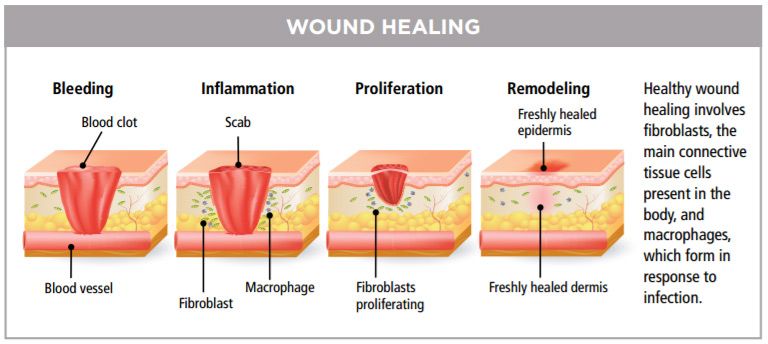
 nine0003
nine0003 Rehabilitation after a fracture, injury: recovery advice from Doc.ua
 Injury can be obtained both in the domestic way (during cleaning, cooking), and just on the street (bad roads, ice) and due to the presence of a chronic disease of the musculoskeletal system (osteoporosis, arthrosis, etc.). nine0063
Injury can be obtained both in the domestic way (during cleaning, cooking), and just on the street (bad roads, ice) and due to the presence of a chronic disease of the musculoskeletal system (osteoporosis, arthrosis, etc.). nine0063
Types of injuries of the musculoskeletal system
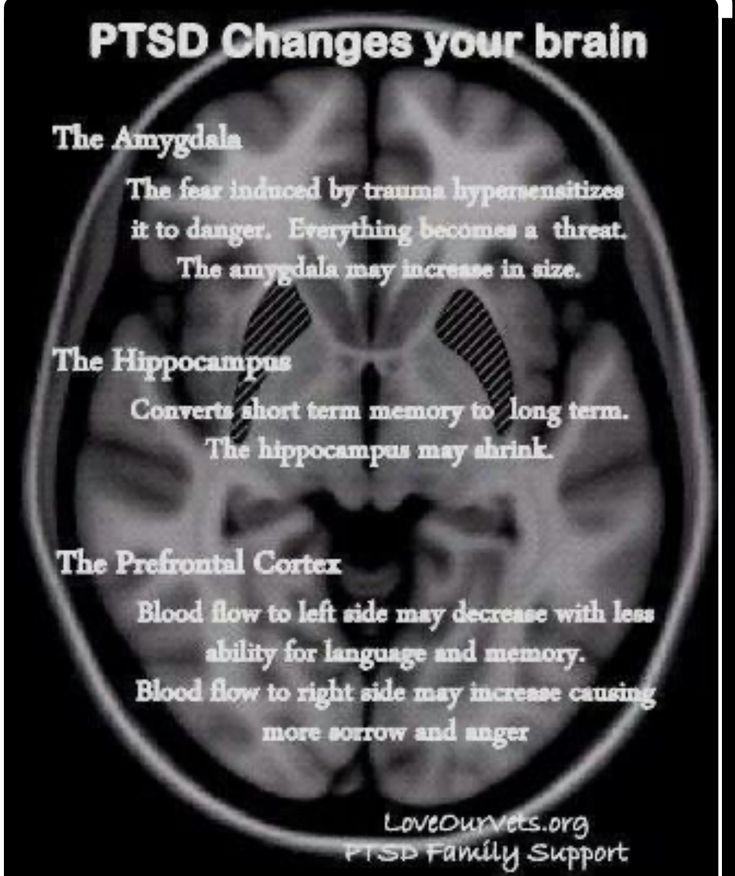 So, stretching can be obtained even on a morning run or dancing, and in ice, for example, there is nothing easier than making a fracture.
So, stretching can be obtained even on a morning run or dancing, and in ice, for example, there is nothing easier than making a fracture. Sprains and tendons: what's the difference?
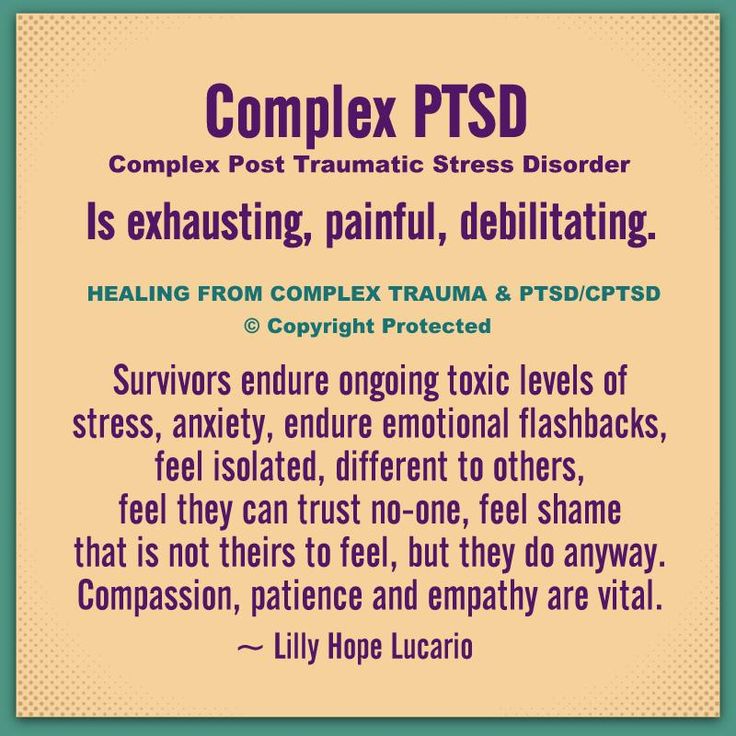
R.I.C.E. therapy of sprains of tendons and ligaments
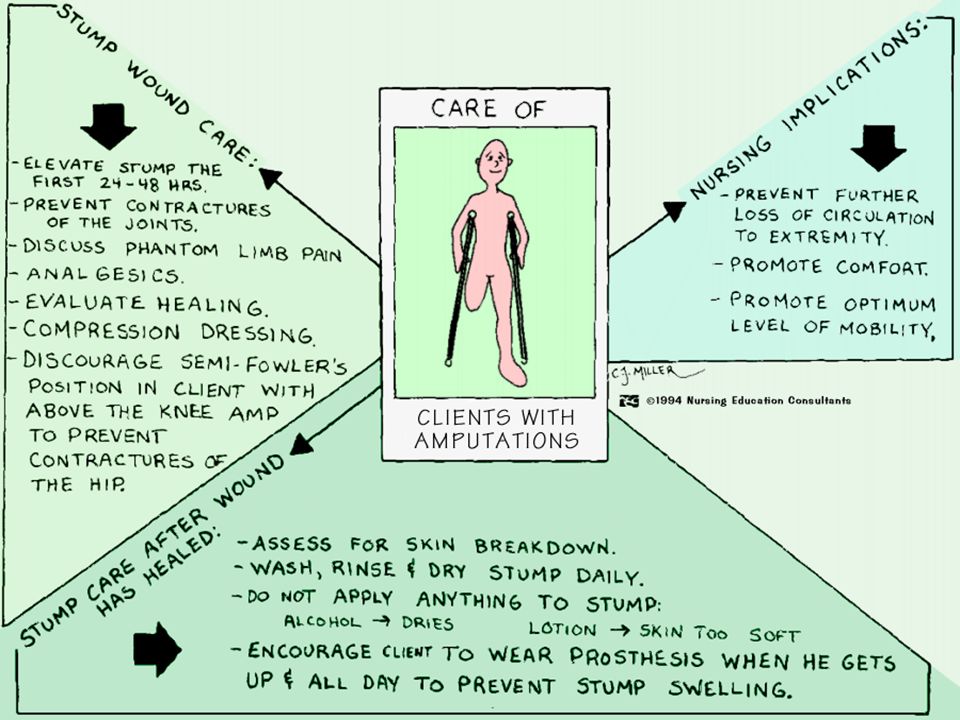 nine0003
nine0003 Treatment and recovery after a fracture
 In the first case, a mandatory surgical intervention is necessary to correct a fracture: reposition (restoration) of bone fragments, osteosynthesis of the bone (fixation of bone fragments with pins, pins, screws, etc.), stitching of the surrounding tissues that have been damaged is performed. nine0003
In the first case, a mandatory surgical intervention is necessary to correct a fracture: reposition (restoration) of bone fragments, osteosynthesis of the bone (fixation of bone fragments with pins, pins, screws, etc.), stitching of the surrounding tissues that have been damaged is performed. nine0003 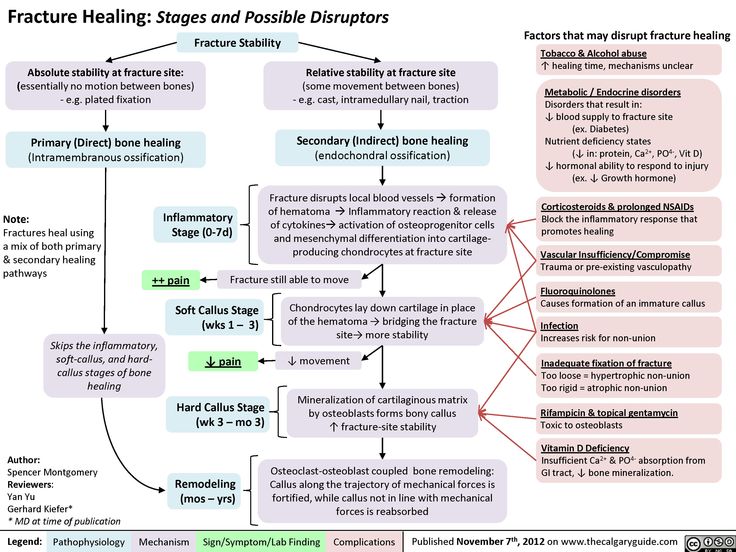 The concept of kinesitherapy came to us from Western medicine, well, in the CIS countries, this system is familiar to us under the name exercise therapy (physical therapy).
The concept of kinesitherapy came to us from Western medicine, well, in the CIS countries, this system is familiar to us under the name exercise therapy (physical therapy). 